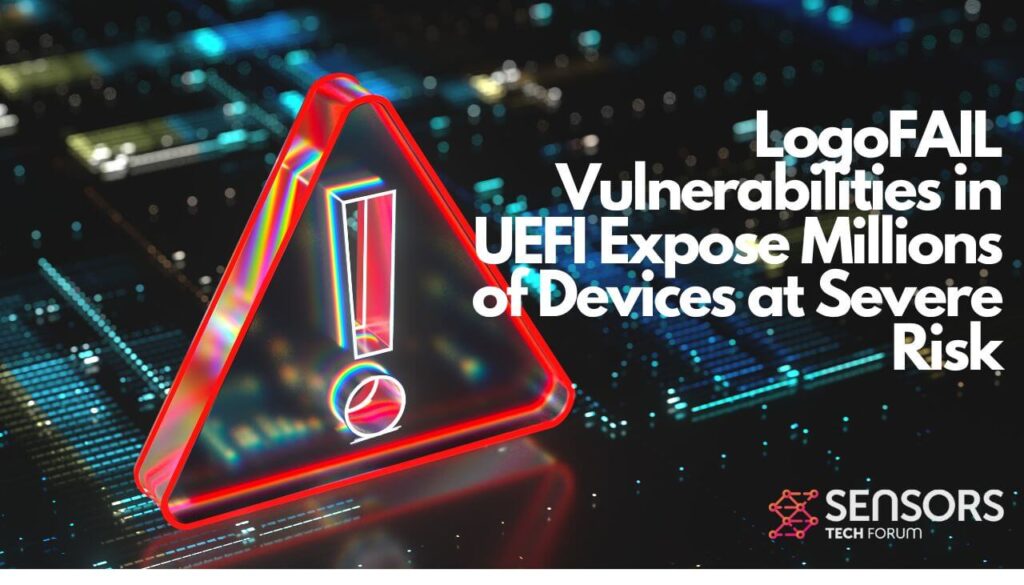Security researchers have uncovered critical vulnerabilities in the Unified Extensible Firmware Interface (UEFI) code used by various independent firmware/BIOS vendors (IBVs). These UEFI vulnerabilities, collectively named LogoFAIL by Binarly, pose a serious threat as they can be exploited by threat actors to deliver malicious payloads, bypass Secure Boot, Intel Boot Guard, and other security technologies designed to protect the boot process.

The LogoFAIL Vulnerabilities
The vulnerabilities identified by Binarly include a heap-based buffer overflow flaw and an out-of-bounds read in the image parsing libraries embedded into the UEFI firmware. These flaws can be exploited during the parsing of injected logo images, enabling threat actors to execute payloads that hijack the system’s flow and circumvent security mechanisms.
Impact and Exploitation
One of the alarming aspects of LogoFAIL is its potential to bypass security solutions and deliver persistent malware during the boot phase. Threat actors can achieve this by injecting a malicious logo image file into the EFI system partition. Unlike previous threats such as BlackLotus or BootHole, LogoFAIL doesn’t compromise runtime integrity by modifying the boot loader or firmware component.
Attack Vector and Impact
This newly discovered attack vector gives malicious actors a significant advantage in bypassing most endpoint security solutions. By deploying a stealth firmware bootkit with a modified logo image, threat actors could gain entrenched control over compromised hosts, allowing for the deployment of persistent malware that operates discreetly.
The vulnerabilities in UEFI firmware affect major IBVs such as AMI, Insyde, and Phoenix, impacting a wide range of consumer and enterprise-grade devices. Manufacturers including Intel, Acer, and Lenovo are among those affected, making LogoFAIL a severe and widespread security concern.
The disclosure of these vulnerabilities marks the first public demonstration of attack surfaces related to graphic image parsers embedded in UEFI system firmware since 2009. This period highlights a significant lapse in addressing security concerns related to graphic image parsing, emphasizing the need for increased vigilance in securing firmware components.
Conclusion
The LogoFAIL vulnerabilities underscore the pressing need for robust security measures in firmware development. As millions of devices across various manufacturers are at risk, immediate action is required to patch these vulnerabilities and safeguard systems against potential attacks. The security community awaits the detailed disclosure of the heap-based buffer overflow and out-of-bounds read flaws later this week at the Black Hat Europe conference, hoping that this information will aid in fortifying systems against this emerging threat.


